Invited Speakers of ICCSN2026

Prof. Mohd Nazri Bin Ismai, National Defence University of Malaysia, Malaysia
Biography: Prof. Dr. Mohd Nazri became Lecturer at
National Defence University of Malaysia. Prof. Dr. Mohd Nazri Ismail had a
deep involvement in computer network research and was awarded the
prestigious “Educator Award 2009 – R&D/Education category” by MARA
(Malaysia Agency). He has supervised Ph.D. and Master Students and
teaching at undergraduate and post graduate level. Assoc. Prof. Dr. Mohd
Nazri Ismail has published more than 100 papers in national and
international journals (indexed ISI, SCOPUS, IET) and IEEE conferences.
He has attended many international conferences throughout the world and
has chaired many technical sessions. He has appointed as Technical Program
Committee and organized more than 60 national and international
conferences. He has appointed as Editorial Board member more than 90
international journals and 40 international reviewer panels
(journal/proceeding). Awards and laurels won by Assoc. Prof. Dr. Mohd
Nazri Ismail run into volumes and he has received 28 awards in
R&D/Education. Assoc. Prof. Dr. Mohd Nazri Ismail is an International
Association of Engineers (IAENG), IEEE Cloud Computing Community, Society
of Digital Information and Wireless Communications (SDIWC), International
Association of Engineers and Scientists (IAEST), Universal Association of
Computer & Electronics Engineers (UACEE).

Biography: Paulo Batista is PhD Researcher at CIDEHUS.UÉ-Interdisciplinary Center for History, Cultures and Societies of the University of Évora, Portugal, where is the coordinator of the research group 2: Heritage and Literacies. Currently works as a higher technician in the Municipal Archives of Lisbon, and professor at the Autonomous University of Lisbon, where is coordinator and professor of the Postgraduate in Promotion and Cultural and Educational Dynamization of Archives and Libraries, and the Postgraduate in Architectural Archives. He has lectured in the MS program in Information Science and Documentation at Universidade NOVA de Lisboa and has held senior technician positions at the Portuguese Institute of Cultural Heritage, the Portuguese Institute of Architectural Heritage, and the Torre do Tombo Archives. He has also worked as researcher at the Center for the Study of History and Ancient Cartography of the Institute of Tropical Scientific Research. Paulo Batista holds a Ph.D. in Documentation (University of Alcalá, Madrid-UAH), an MS in Information Science and Documentation - Archival Studies (UNL), and an MA in Documentation (UAH). As part of his doctorate, he also received a Diploma of Advanced Studies in Bibliography and Documentation Retrospective in Humanities (UAH), and he also holds a postgraduate degree in Information Society Law (University of Lisbon) and Information and Documentation Science - Librarianship and Archival Studies (UNL), and a specialization in Good Practices in Patrimonial Management (UNL) and Information Science and Documentation - Archival Studies (UNL). He holds an undergraduate degree in History (University of Lisbon). Paulo Batista is the author of several books and about 90 papers published in international journals and conference proceedings. He was also keynote speaker and invited speaker at various international conferences (Portugal, Argentina, Belgium, Brazil, China, Ecuador, Egypt, England, Fiji, France, India, South Africa, Thailand, Türkiye and South Korea). More information: https://www.cienciavitae.pt//0618-CE7B-7145
Invited Speakers of ICCSN2025
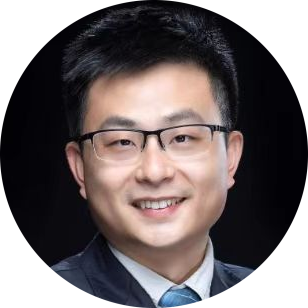 |
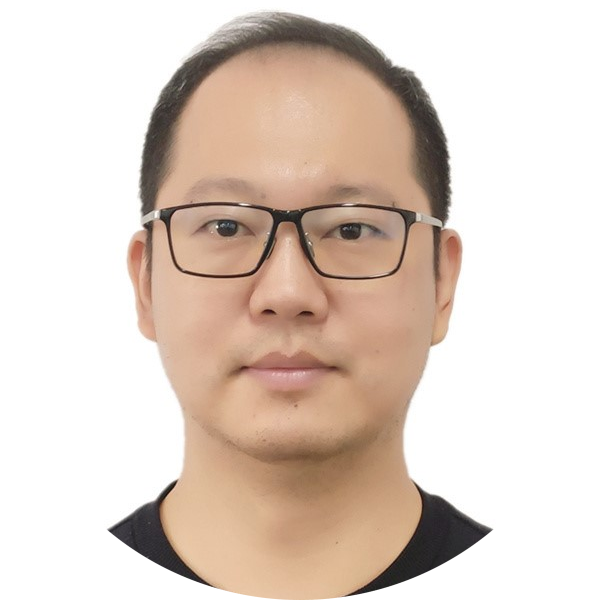 |
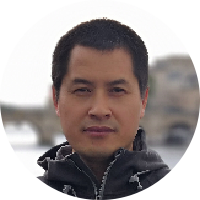 |
 |
 |
Prof. Feng Yin, The Chinese University of Hong Kong, Shenzhen, China |
Prof. Ning Wang, Zhengzhou University, China |
Prof. Qinghua Luo, Harbin Institute of Technology (Weihai), China |
Prof. Dr. Mohd Zulfaezal Che Azemin, International Islamic University Malaysia, Malaysia |
Prof. Mohd Nazri Bin Ismai, National Defence University of Malaysia |
 |
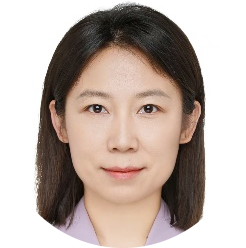 |
 |
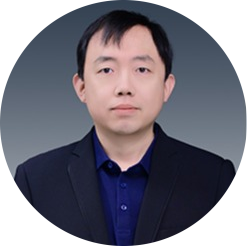 |
 |
Prof. Paulo Batista, University of Évora, Portugal |
Assoc. Prof. Na Li, Beijing University of Posts and Telecommunications, China |
Assoc. Prof. Shiying Han, Nankai University, China |
Assoc. Prof. Yang Yang, Shandong University, China |
Assoc. Prof. Xiaoxuan Wang, Beijing Jiaotong University, China |
 |
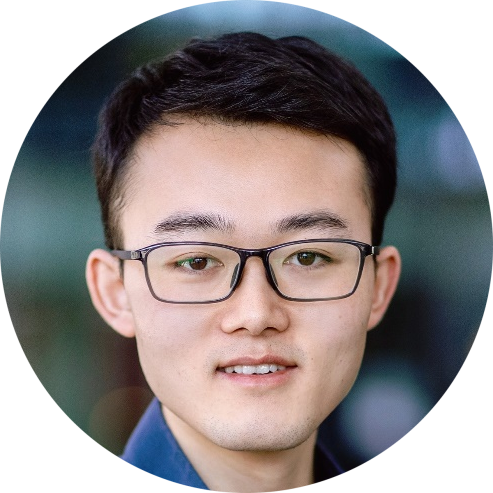 |
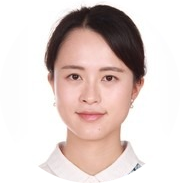 |
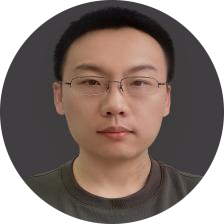 |
 |
Assoc. Prof. Syed Mushhad Mustuzhar Gilani, University of Agriculture, Pakistan |
Assoc. Prof. Bitao Pan, Beijing University of Posts and Telecommunications, China |
Assoc. Prof. Yingyang Chen, Jinan University, China |
Assoc. Prof. Jiazhi Ma, National University of Defense Technology, China |
Senior Engineer Dr. Dongdong Wang, 54th Research Institute of China Electronics Technology Group Corporation, China |
 |
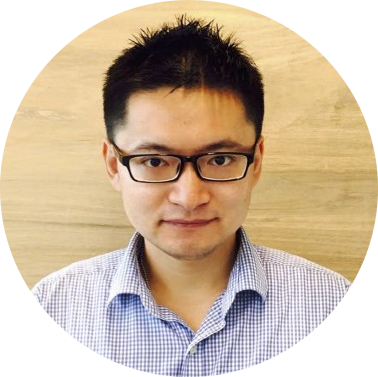 |
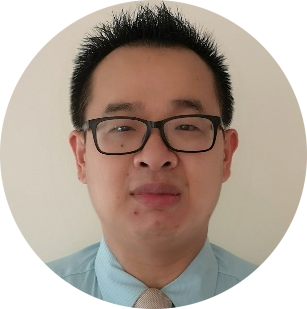 |
||
Lecturer Kaitao Meng, University of Manchester, UK |
Dr. Kai Li, CISTER Research Unit at ISEP/IPP, Portugal |
Dr. Zichao Li, Canoakbit Alliance / University of Waterloo, Canada |